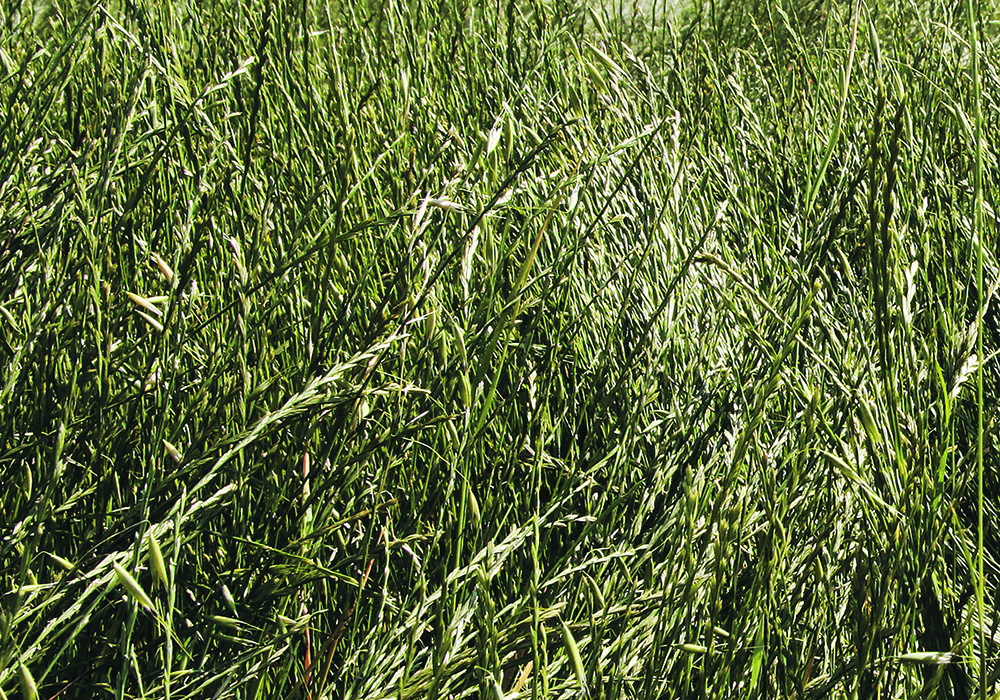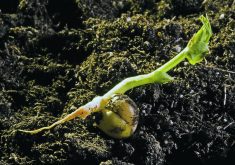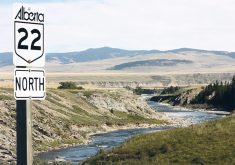Markets were an important issue for producers and experts at the Saskatchewan Forage Seed Development Commission’s annual general meeting in White Fox, Sask., held last month.
Members from different growing regions across the Prairies and from around the world spoke about what the markets were like for producers in their areas.
Dale Risula, provincial specialist for pulses, forages and specialty crops with Saskatchewan’s Ministry of Agriculture, said he wanted producers to note the growing importance of forage seed production and that it’s important to have good quality seed on hand.
Read Also

New coal mine proposal met with old concerns
A smaller version of the previously rejected Grassy Mountain coal mine project in Crowsnest Pass is back on the table, and the Livingstone Landowners Group continues to voice concerns about the environmental risks.
With disease issues growing in canola, wheat, pea and lentil crops, producers need more rotation options, said Risula.
“We’re growing them in too short a rotation, and I think forages can really make a difference by adding to that rotation and diminishing the effects that growing any crop too frequently may have.”
Supporting the livestock industry is also important, he said, and planting forages for grazing is vital in areas not suitable as cropland.
He said Canadian producers need more seed varieties suited to Canadian growing conditions.
“They (forage varieties) are not necessarily tested and developed under our conditions, and I think we need to have that in order to have better quality, higher producing forages that we can grow here in Canada…. The other varieties that have been relied on for so long are starting to show their age and they’re starting to diminish in their capability of yield.”
Talon Gauthier, general manager of co-ordination and research at the Peace Region Forage Seed Association, said producers have faced challenging growing conditions in the last two years and that has changed growing trends in their region of northwestern Alberta and northeastern British Columbia.
With their primary crop, creeping red fescue, seed yields are down and that has caused price increases because of low supply.
Gauthier said she’s seen an increase in perennial ryegrass sales as farmers look for an alternative.
“It is easy, can be seeded when they are seeding down their Liberty Link canola. They can toss the seed into the seed drill with it. It costs them about 10 bucks an acre. If it establishes and overwinters, it’s there. If not, they’re out $10, which isn’t really a big deal.”
With poor establishment in 2023, Gauthier expects problems in the coming year, including quite a bit of winterkill. Dry conditions in 2022 and 2023 have stressed crops and left them susceptible to pests. Producers will need to get out early in the spring for scouting, she said.
“It’s something that we’re going to be working with growers over the winter to just have them be aware in the spring, that they need to get out into their grass seed crops and do some scouting. We had cutworms, sod webworms and another weevil that was in cattails.”
Early winter conditions have not been promising, she said, as temperatures ranging from 5 C to -5 C are not enough to kill many overwintering insects, while lack of moisture has not supported natural parasitism that also contributes to population control.
Nicole Anderson, associate professor in the College of Agricultural Sciences at Oregon State University, said what happens in the state often sets the global market. Oregon is the largest forage, grasses and legumes producer in the world.
With the U.S. dollar at a high, it should make Canadian exports more enticing on the global market, she said.
Turf markets have stagnated following a boost during the COVID pandemic as inflation and high interest rates for U.S. housing dampen residential development, which means less green spaces and lawns need to be planted, she said.
“With inflation, people’s pocketbooks are tighter, school budgets to redo sports fields, city budgets to redo parks, fields, soccer fields, etc., there’s just less money being spent by consumers right now because of the overall economic environment.”
Anderson said she expected there would be adequate turf seed supply for the coming season with a lot of carryover from 2022.

















